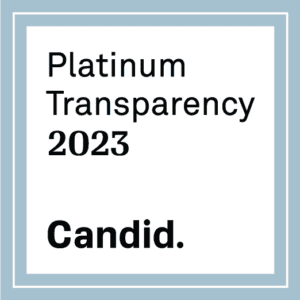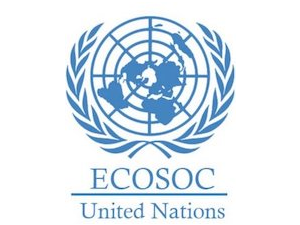Lisa Umphrey, George Paasi, William Windsor, Grace Abongo, Jessica Evert, Heather Haq, Elizabeth M. Keating, Suet Kam Lam, Megan S. McHenry, Carolyne Ndila, Charles Nwobu, Amy Rule, Reena P. Tam, Daniel Olson, and Peter Olupot‐Olupot
Journal: Global Health Research and Policy
Background: Virtual global health partnership initiatives (VGHPIs) evolved rapidly during the COVID‐19 pandemic to ensure partnership continuity. However the current landscape for VGHPI use and preference is unknown. This study aimed to increase understanding of GH partners’ perspectives on VGHPIs.
Methods: From 15 October to 30 November 2020, An online, international survey was conducted using snowball sampling to document pandemic‐related changes in partnership activities, preferences for VGHPIs, and perceived acceptability and barriers. The survey underwent iterative development within a diverse author group, representing academic and clinical institutions, and the non‐profit sector. Participants from their professional global health net‐ works were invited, including focal points for global health partnerships while excluding trainees and respondents from the European Economic Area. Analysis stratified responses by country income classification and partnership type. Authors used descriptive statistics to characterize responses, defining statistical significance as α = 0.05.
Results: A total of 128 respondents described 219 partnerships. 152/219 (69%) partnerships were transnational, 157/219 (72%) were of > 5 years duration, and 127/219 (60%) included bidirectional site visits. High‐income country (HIC) partners sent significantly more learners to low‐ to middle‐income country (LMIC) partner sites (p < 0.01). Participants commented on pandemic‐related disruptions affecting 217/219 (99%) partnerships; 195/217 (90%) were disruption to activities; 122/217 (56%) to communication; 73/217 (34%) to access to professional support; and 72/217 (33%) to funding. Respondents indicated that VGHPIs would be important to 206/219 (94%) of their partnerships moving forward. There were overall differences in resource availability, technological capacity, and VGHPI preferences between LMIC and HIC respondents, with a statistically significant difference in VGHPI acceptability (p < 0.001). There was no significant difference between groups regarding VGHPIs’ perceived barriers.
Conclusions: The pandemic disrupted essential partnership elements, compounding differences between LMIC and HIC partners in their resources and preferences for partnership activities. VGHPIs have the potential to bridge new and existing gaps and maximize gains, bi‐directionality, and equity in partnerships during and after COVID‐19.




